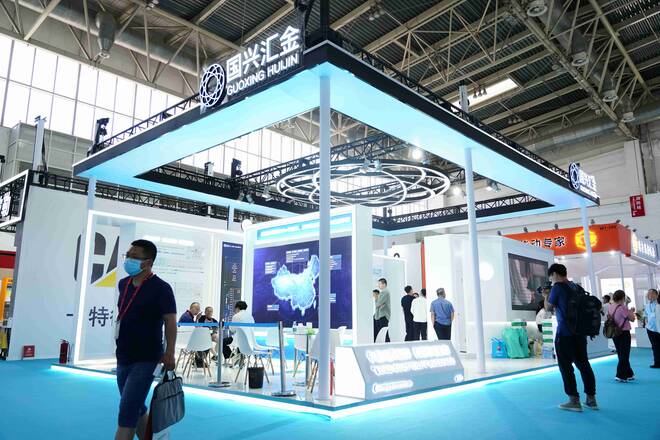Distributed Optical Fiber Sensors in Pipeline Safety: Versatile Applications and Outstanding Protection
In the "frontline" of pipeline safety, distributed optical fiber sensors play a critical role with extensive applications and significant value. For leak detection, leveraging Raman and Brillouin scattering effects, they capture temperature anomalies caused by leaks in hot oil or low-temperature medium pipelines and pinpoint leak locations through temperature monitoring. Additionally, they detect pressure-induced deformations in pipelines through strain monitoring, addressing potential hazards early. For corrosion monitoring, they rely on temperature correlation principles to continuously track changes, identifying early signs of corrosion. Regarding third-party damage, their vibration sensing functionality monitors surrounding disturbances in real-time, issuing early warnings. Furthermore, they enable indirect pressure measurement and flow estimation, providing comprehensive protection for pipeline operation safety.
I. Leak Detection
Temperature-Based Leak Detection
- Principle: Utilizing the Raman scattering effect in optical fibers, the intensity ratio of anti-Stokes light to Stokes light correlates with temperature. When a pipeline leaks, the temperature around the leak changes. For example, hot oil leaks raise local temperatures, while leaks in low-temperature media (e.g., liquefied natural gas) cause temperature drops. By monitoring temperature changes along the optical fiber, leak locations can be identified based on abnormal temperature points.
- Advantages: This method provides long-distance, distributed temperature monitoring for pipelines. Compared to traditional point-type temperature sensors, it offers broader coverage, avoiding blind spots. It can promptly detect minor leaks, enhancing detection sensitivity.
Strain-Based Leak Detection
- Principle: Distributed optical fiber sensors based on Brillouin scattering measure strain along the fiber. Pipeline leaks cause pressure changes inside the pipeline, leading to deformations that induce strain in optical fibers attached to the pipeline's surface. By detecting strain changes and their locations, leaks and their positions can be accurately identified.
- Advantages: This approach enables real-time, continuous monitoring of pipeline strain, offering high precision in detecting small deformations caused by leaks. Combined with pipeline mechanical models, it provides a more accurate assessment of leak conditions.
II. Corrosion Monitoring
- Principle: By monitoring strain and temperature changes via optical fiber sensors on the pipeline surface, corrosion conditions can be inferred. When corrosion occurs, the pipeline wall thickness decreases, reducing its strength. Under internal pressure, localized deformation occurs, causing strain in the fiber. Additionally, chemical reactions during corrosion may result in localized temperature changes.
- Advantages: Distributed optical fiber sensors allow long-term, continuous monitoring along the pipeline, enabling the early detection of corrosion signs. Unlike traditional periodic inspections (e.g., ultrasonic or magnetic particle testing), this method provides dynamic information about corrosion, allowing for proactive measures to extend pipeline lifespan.
III. Third-Party Damage Monitoring
- Principle: Distributed optical fiber vibration sensors detect vibrations when third parties (e.g., construction machinery or excavation equipment) approach or contact the pipeline. By analyzing vibration signals such as frequency, amplitude, and waveform, the system can identify third-party interference and approximate damage locations.
- Advantages: Real-time monitoring of the pipeline's surroundings effectively prevents damage caused by third-party activities. Early alerts during the initial stages of interference provide operators ample time to intervene, preventing severe incidents such as pipeline rupture or leakage.
IV. Operation Status Monitoring
Pressure Monitoring
- Principle: distributed optical fiber sensors cannot directly measure pressure, they can infer pressure changes by monitoring pipeline strain. Based on the material properties and mechanical principles of the pipeline, a relationship between strain and internal pressure is established. Using this model, pressure variations can be estimated from strain data collected by the sensors.
- Advantages: This approach provides real-time, continuous information on pressure changes in the pipeline. It helps identify abnormal pressure fluctuations, such as those caused by pump station failures or valve malfunctions, ensuring the pipeline operates within a safe pressure range.
Flow Monitoring
- Principle: Flow can be estimated by analyzing temperature and strain changes in the pipeline, combined with its physical properties and fluid dynamics principles. For example, changes in flow rate affect the fluid temperature distribution and induce strain in the pipeline, allowing flow conditions to be inferred.
- Advantages: This non-intrusive flow monitoring method is especially suitable for pipelines where installing traditional flow sensors is challenging, such as buried or high-temperature, high-pressure pipelines. Distributed optical fiber sensors provide a feasible solution for flow monitoring while simultaneously tracking other safety parameters.
Conclusion
Distributed optical fiber sensors offer versatile, real-time monitoring capabilities for leak detection, corrosion tracking, third-party interference prevention, and operational assessments. Their ability to provide continuous and dynamic insights ensures the safe and efficient operation of pipelines, making them indispensable in modern pipeline safety management systems.

